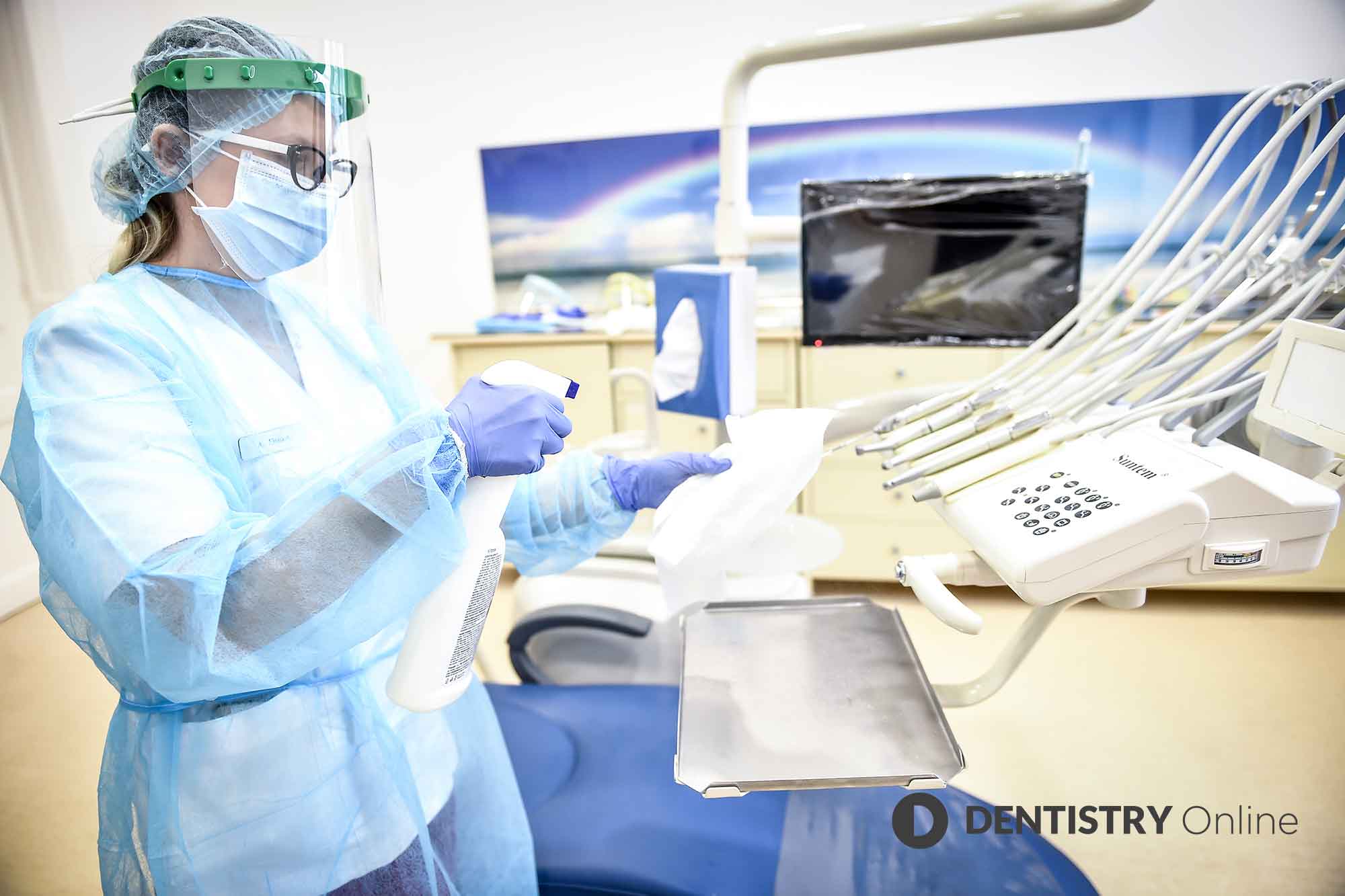 John Rafelt explains how dental practices can stay on top of cross-contamination and keep their infection control tight.
John Rafelt explains how dental practices can stay on top of cross-contamination and keep their infection control tight.
It goes without saying that infection control has been in the spotlight for the past year or so.
Now, with the pandemic changing how professionals approach this all-important aspect of dentistry, it’s a good idea to think outside of the box. Look at ways to improve defences even further against cross-contamination in your practice.
Back to the basics
The increased use of personal protective equipment (PPE) now seems like an everyday part of practice. But that doesn’t mean that staff don’t need reminding about how to wear these protective items most effectively.
Wearing gloves or a mask incorrectly can lead to the spread of infection. Even simple mistakes can have significant consequences.
Gloves in particular can cause some problems. Ineffective wearing of these items may prevent them from being effective.
If gloves are not tight fitting or have any small rips or tears, this can easily lead to infectious substances such as saliva or blood to infiltrate the protection they provide, putting the wearer at risk.
Masks too need to be tight fitting and not have any gaps for the same reasons. All PPE needs changing between patients and properly disposing of in suitable waste disposal containers.
If you think your staff needs some training on the subject, there are plenty of online resources available. Including PPE-specific training sessions that will ensure everyone is on the same page. Furthermore, a regular briefing before the start of play is also a good idea, just to enforce these ideas. Especially if you have any newer staff.
Knowledge is the foundation of compliance. If everyone is aware and sticks to the rules, it’s unlikely any cross-contamination due to improper use of PPE will occur.
Using technology
Your cleaning products also need to be exemplary. Most cleaning products will be able to eliminate the majority of viruses and other harmful pathogens on surfaces. But what about sourcing products that offer added protection against cross-contamination?
There are cleaning sprays and hand washes available that form a barrier against pathogens colonising on treated surfaces. These can add an extra layer of protection without adding any more steps to your cleaning routine.
There are also now a number of innovative products on the market that can decontaminate the air in your practice as well as filter. These are another extra safety net to help ensure that patients and staff are safe.
It may also be a good idea to look at your existing infection control processes when it comes to instruments. Do you have a washer disinfector as well as your autoclave?
Tightening your defences against cross-contamination with technology can be very simple.
Prevent recontamination
During daily workflows it’s incredibly easy for professionals to recontaminate parts of their body. Especially if they are rushing to get through the necessary infection control steps.
For example, turning on a tap to wash hands is all well and good, but if you then turn off the tap with your washed hands then any pathogens that were on your hands before you washed them are likely to be transferred there again. As such, a measure such as turning off the tap while holding a paper towel can help.
There are other similar scenarios – for example touching your own hands when removing gloves. These are all actions we can avoid.
So it’s a good idea to speak to staff about these concerns as part of any training or talks you provide on the subject.
Consider your armamentarium
It’s difficult in dentistry to truly have workflows that are free from infectious materials. Especially as most procedures involve exposure to saliva, blood and other fluids that are key carriers of diseases.
Prioritise products that allow for single dose dentistry. This not only makes for more streamlined, faster, and more comfortable treatment for the patient, but also reduces the risk of cross-contamination. You can also look for products that have specifically been designed to help prevent the spread of pathogens with certain features.
For example, Scotchbond Universal Plus Adhesive from 3M Oral Care is specifically developed with a unique unit dose and vial delivery system that has been designed to help prevent cross-contamination in practice. The flip top vial has recently been streamlined and perfected, meaning that removing excess is easier than ever before.
By evaluating all of the products in your armamentarium you may find there are many that carry the risk of cross-contamination. These are the ones that you should look to replace with alternatives.
Heighten defences – keep people safe
At the end of the day, cross-contamination is a dangerous threat in a dental practice. The chances of it occurring needs minimising as much as possible.
The pandemic has heightened awareness, but that doesn’t mean there aren’t extra steps you can take.
By ensuring your team is fully trained and investing in products and technologies that minimise risks, you can keep staff and patients in your practice as safe as possible.
For more information, call 08705 360 036 or visit www.3M.co.uk/Dental.
3M representatives continue to be available via video calling technologies for your convenience.
3M and Scotchbond are trademarks of the 3M company.


